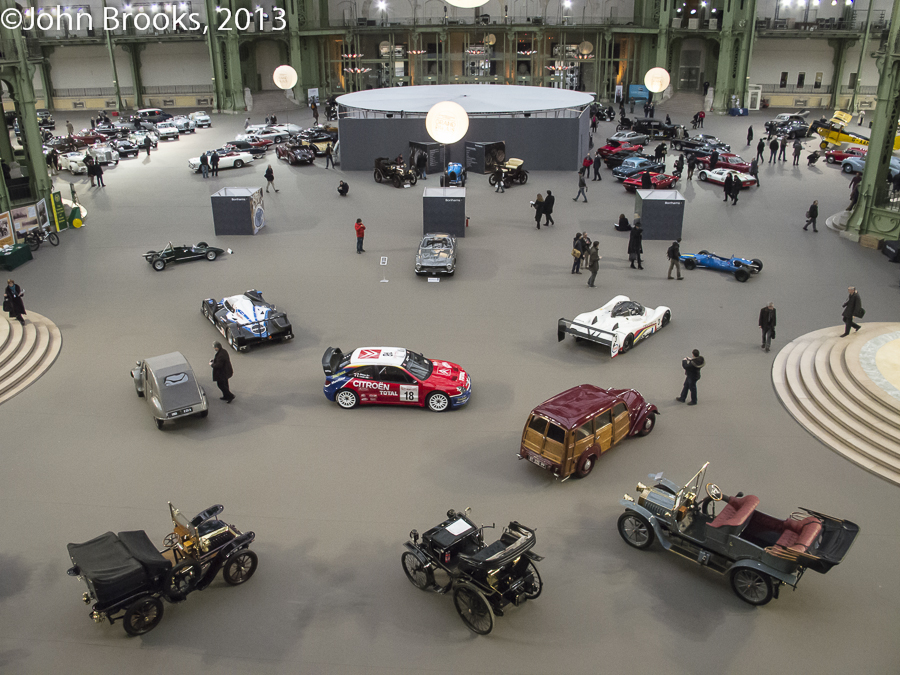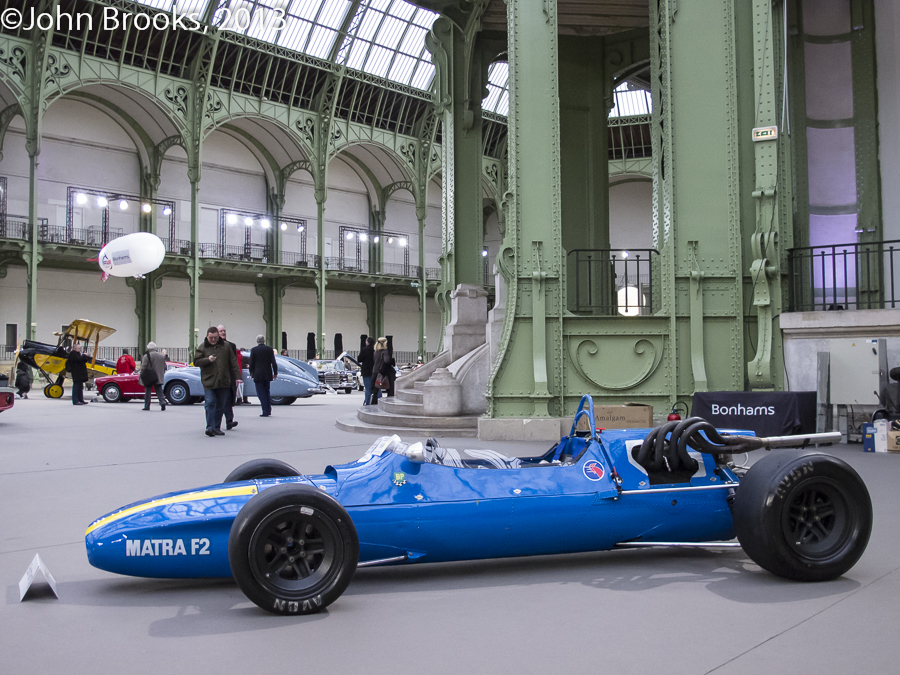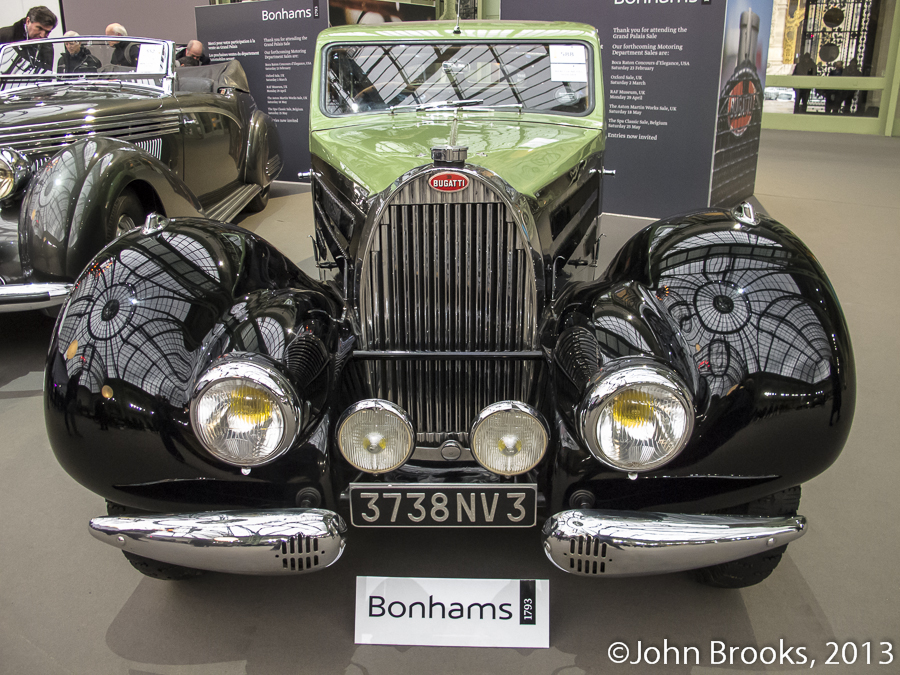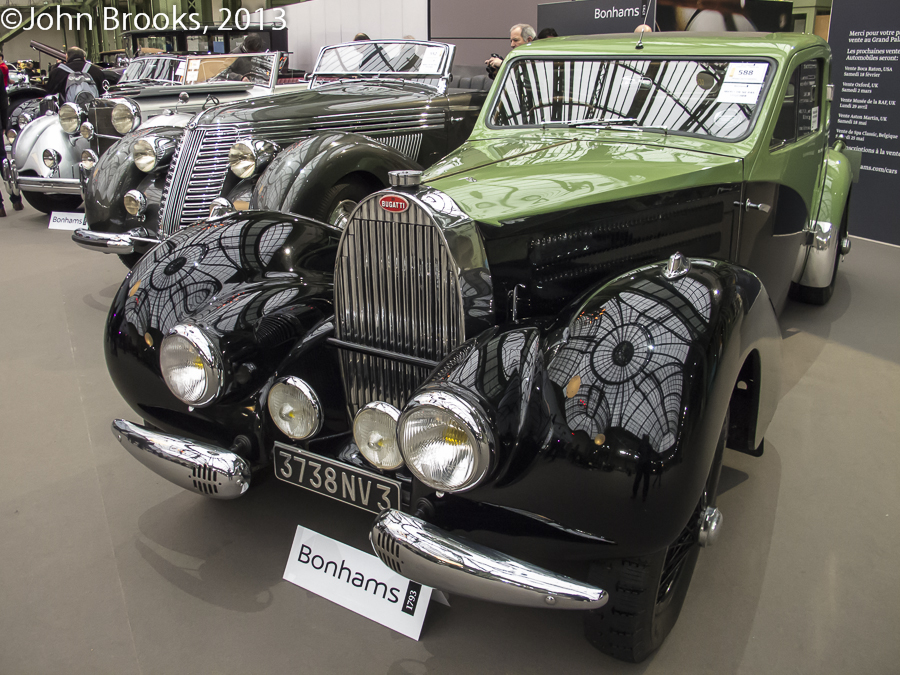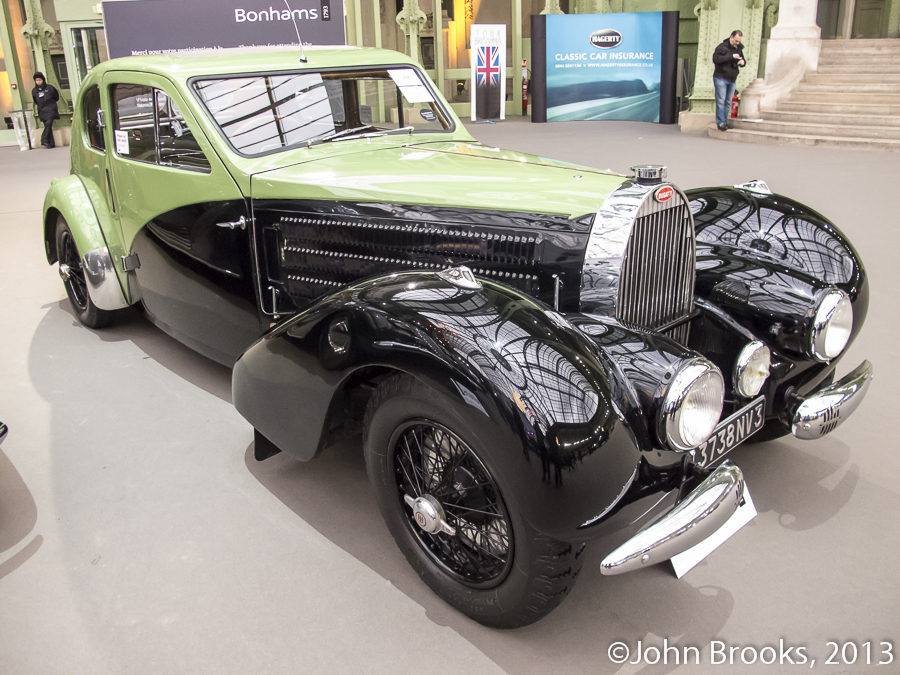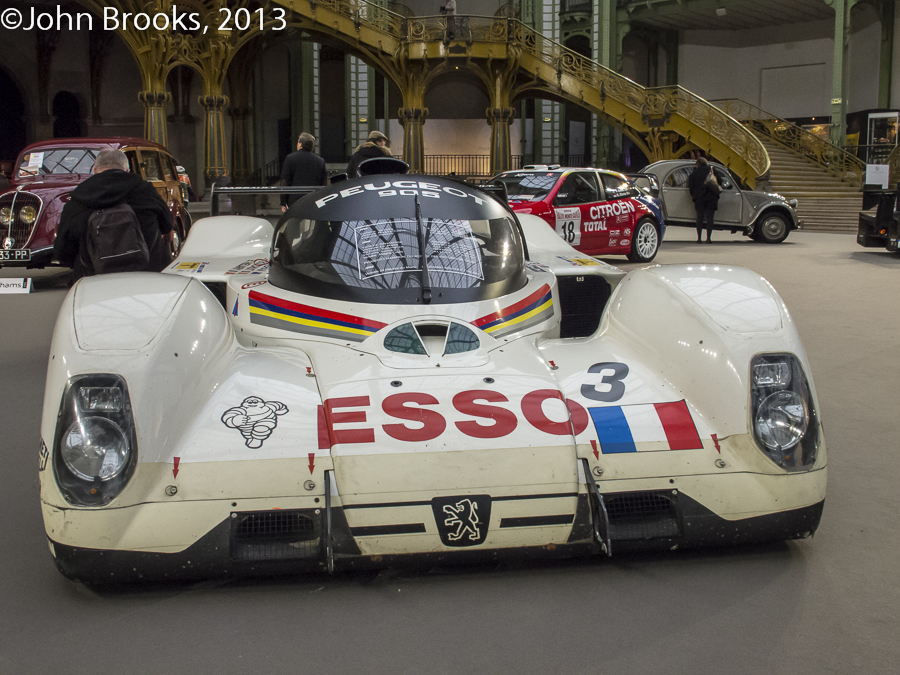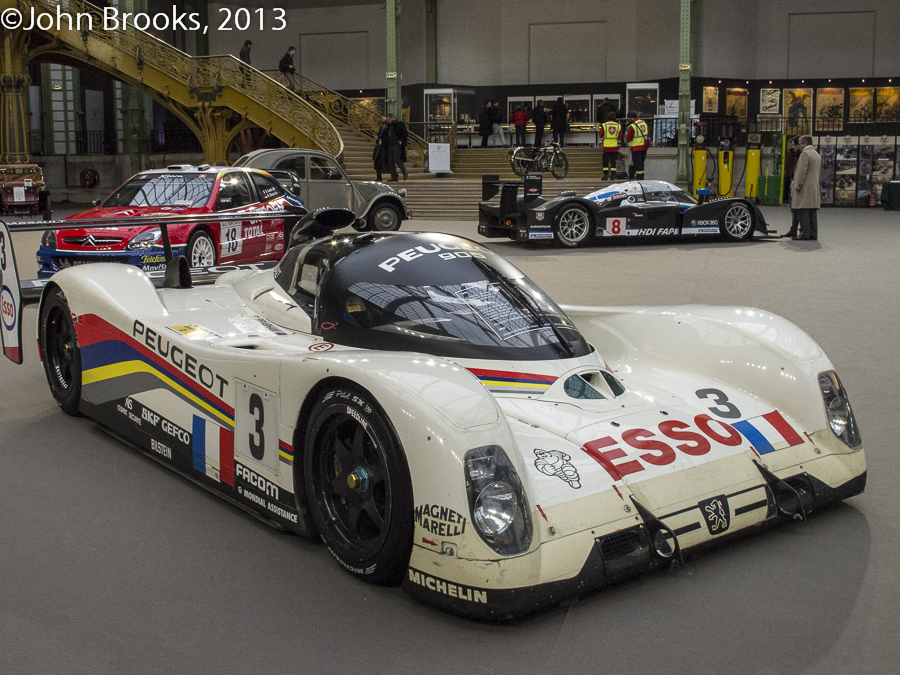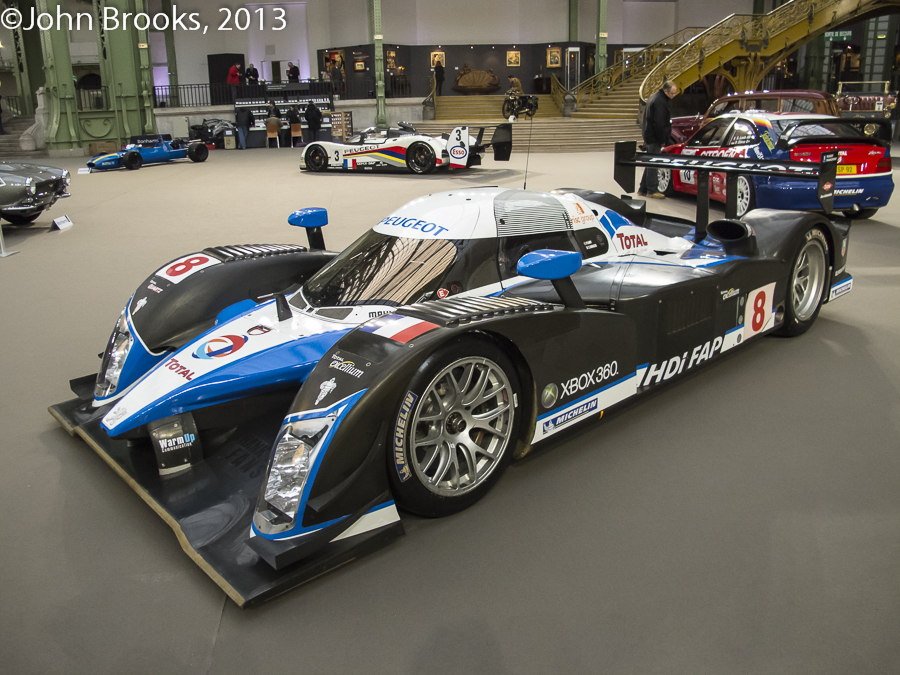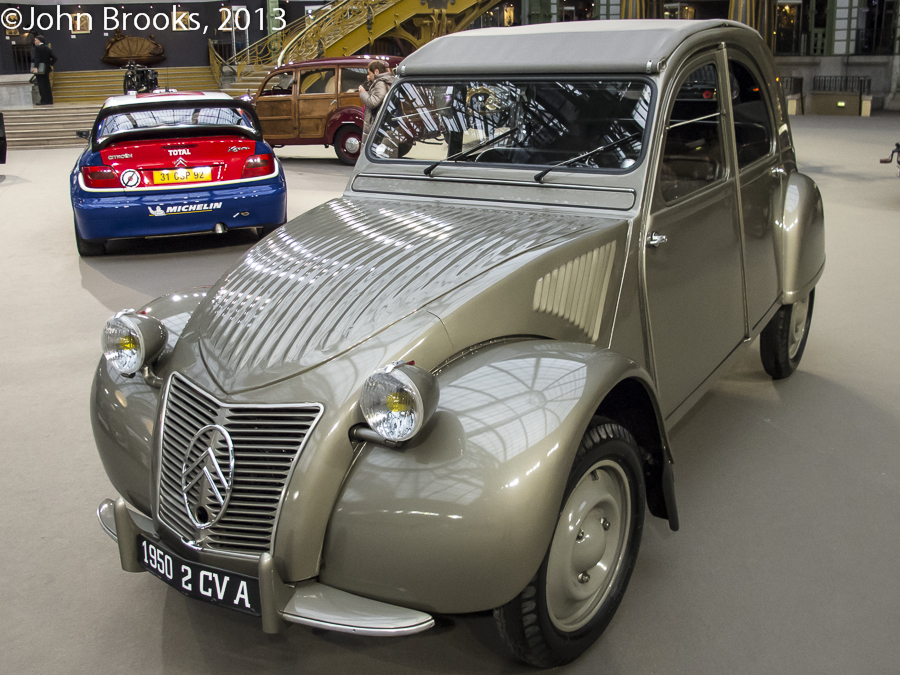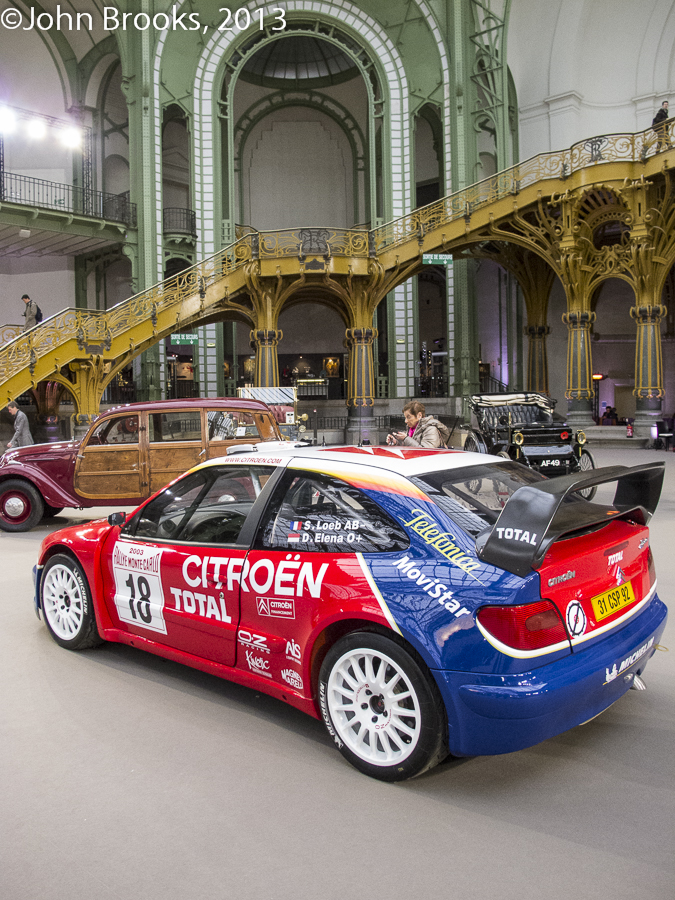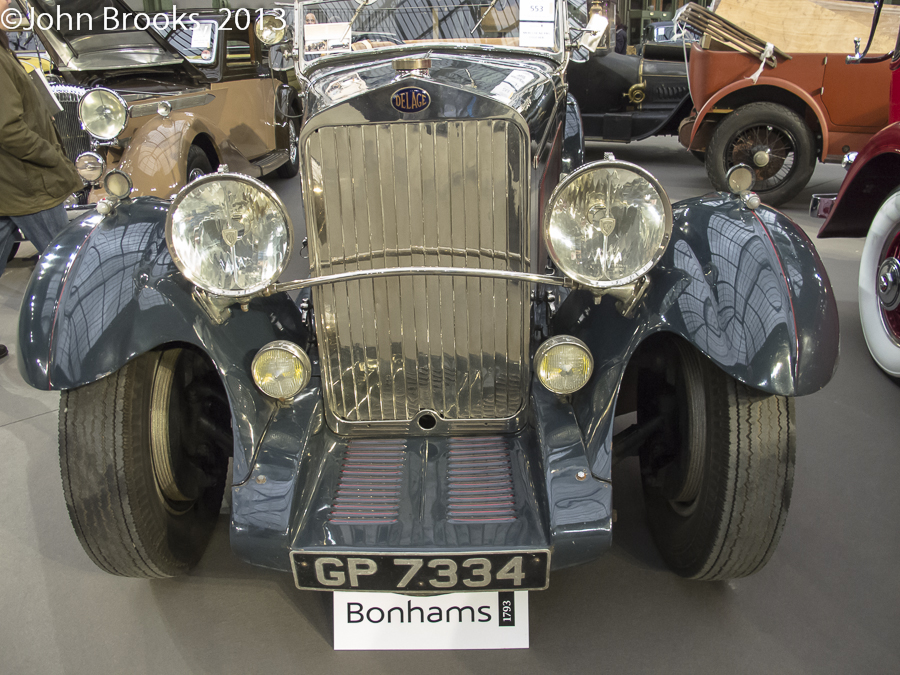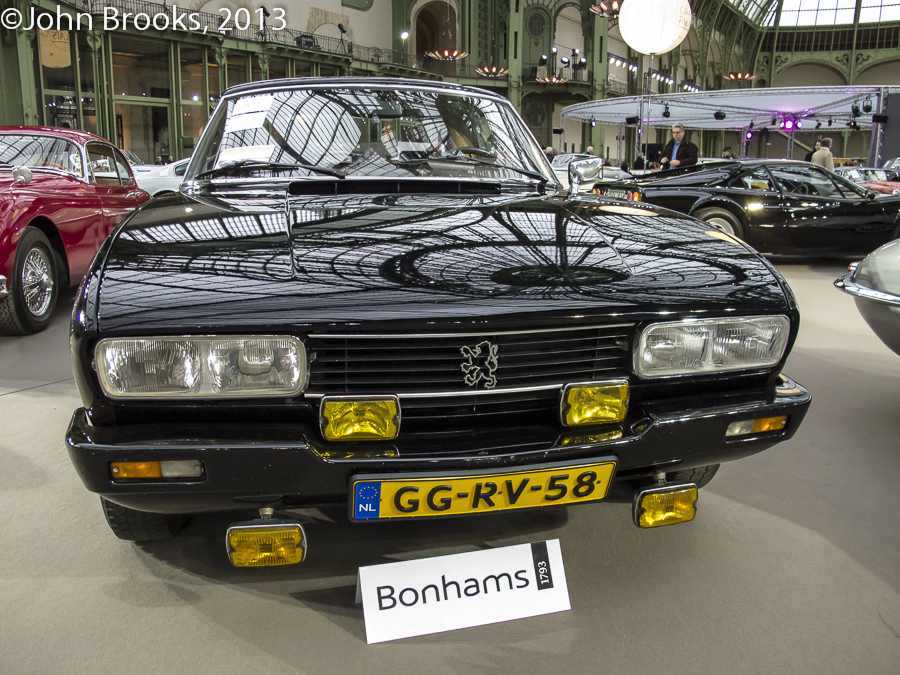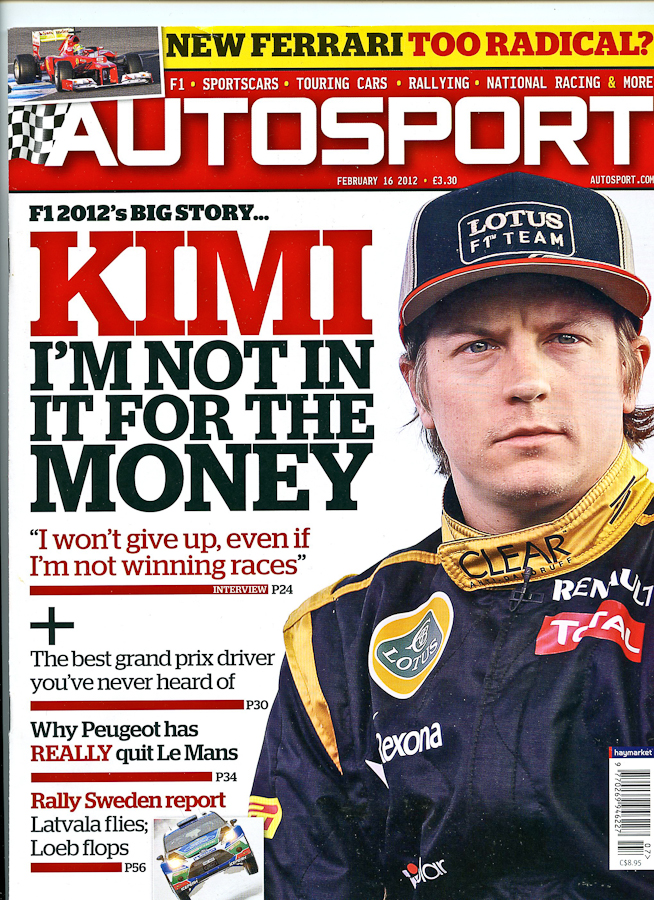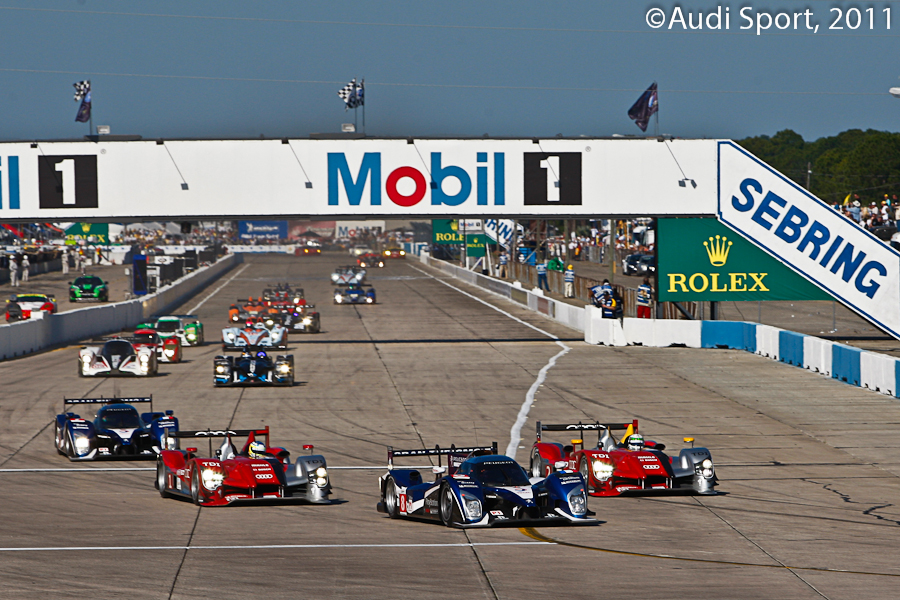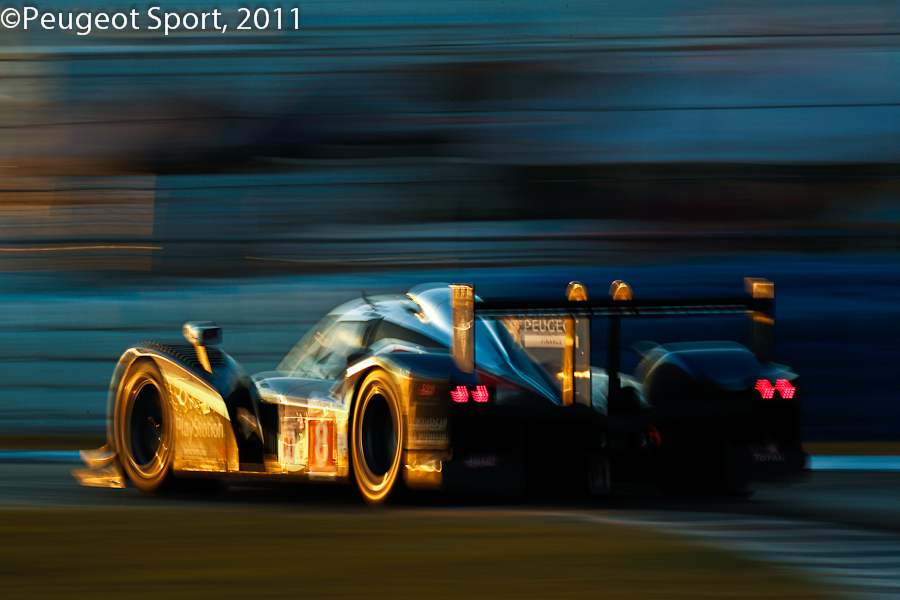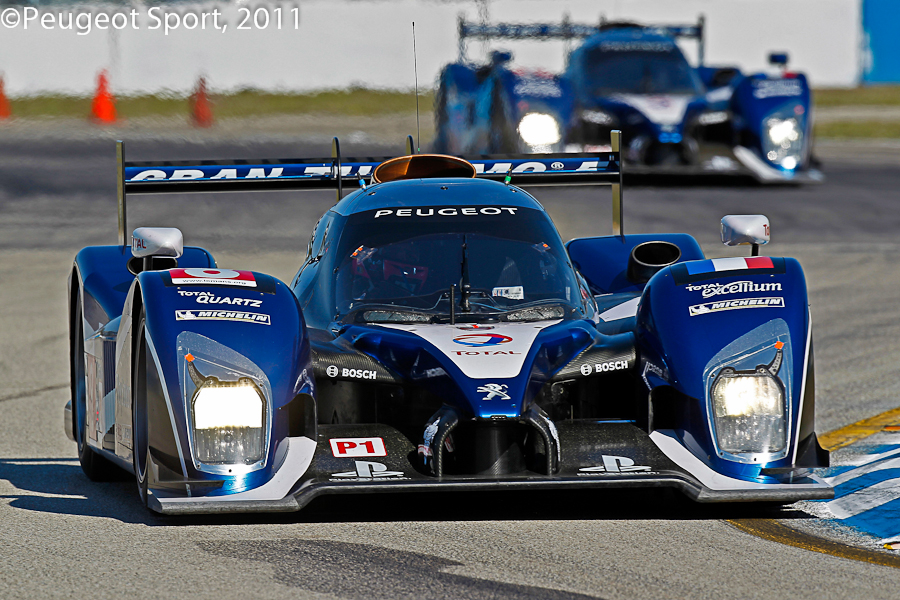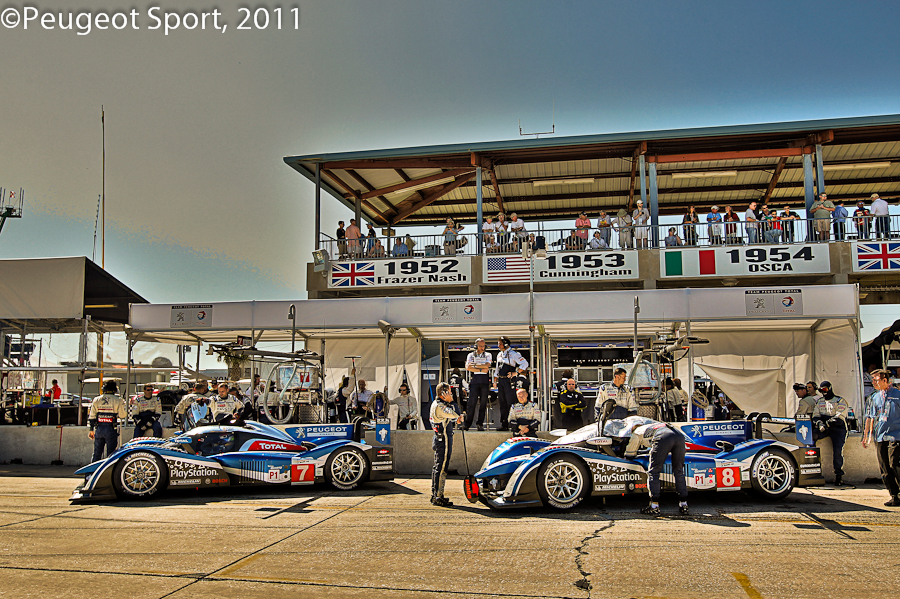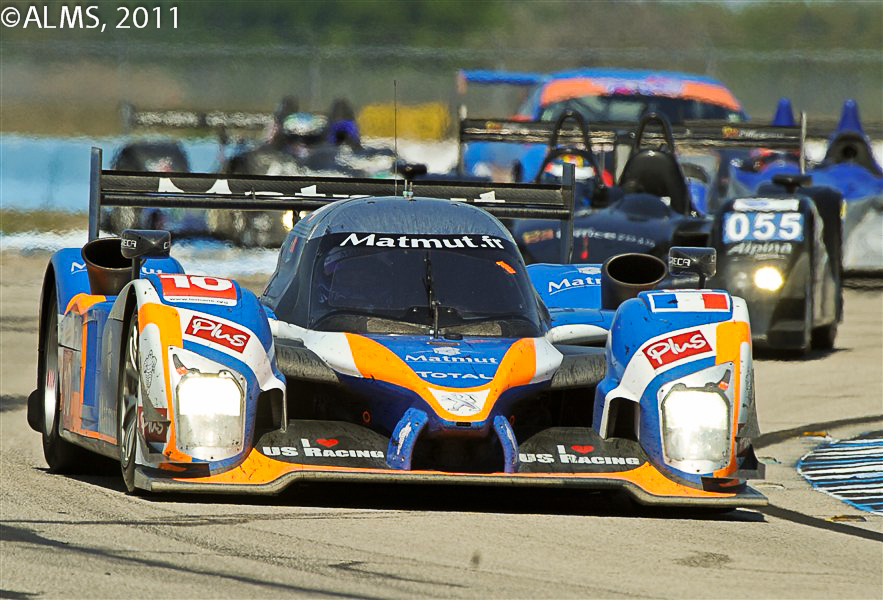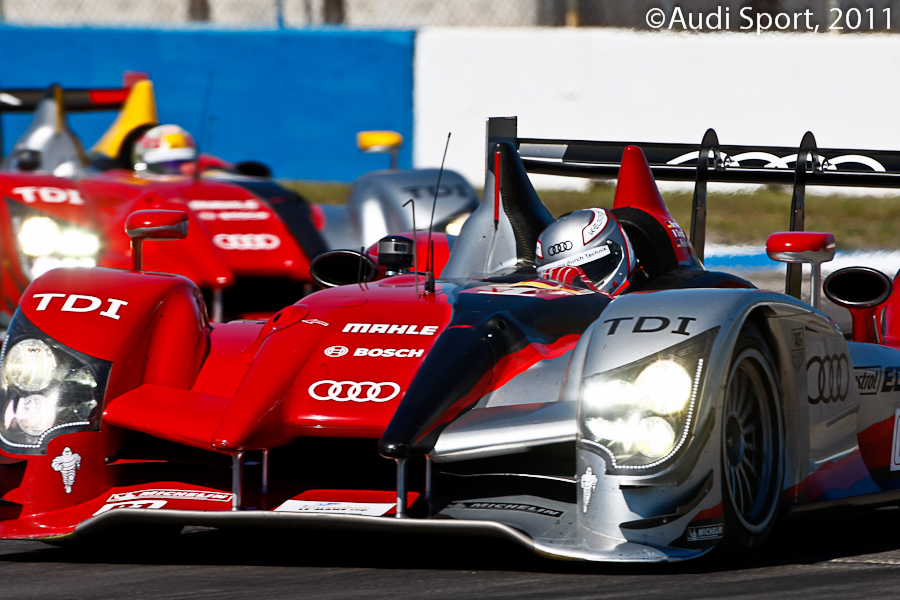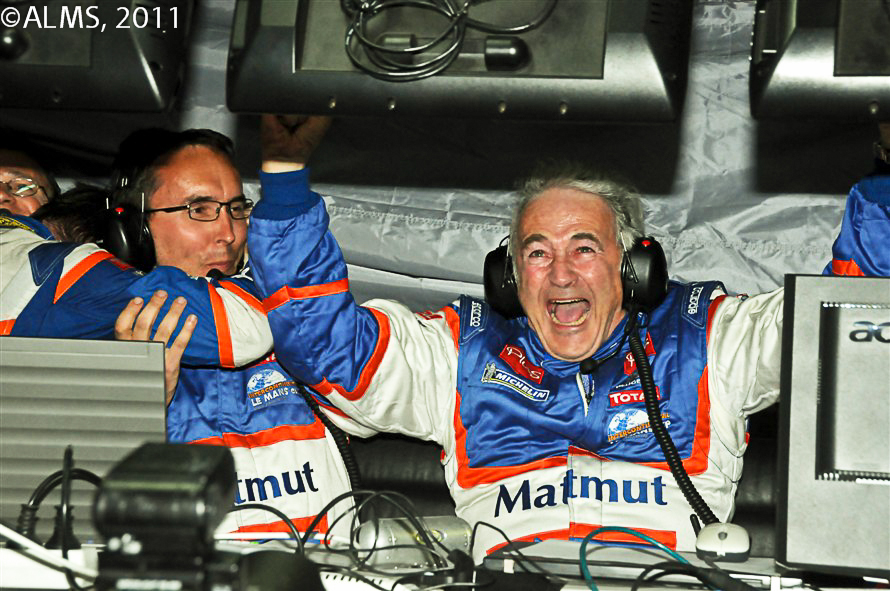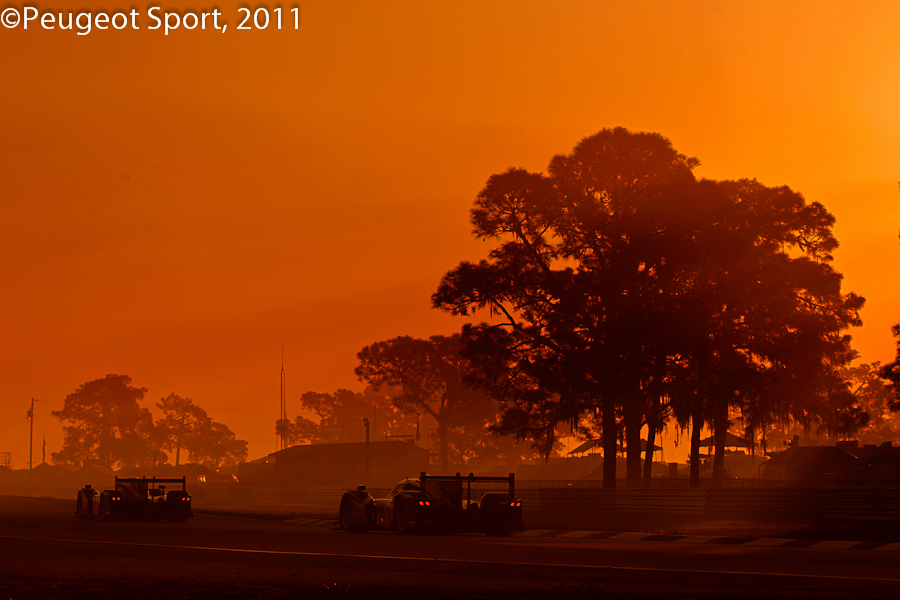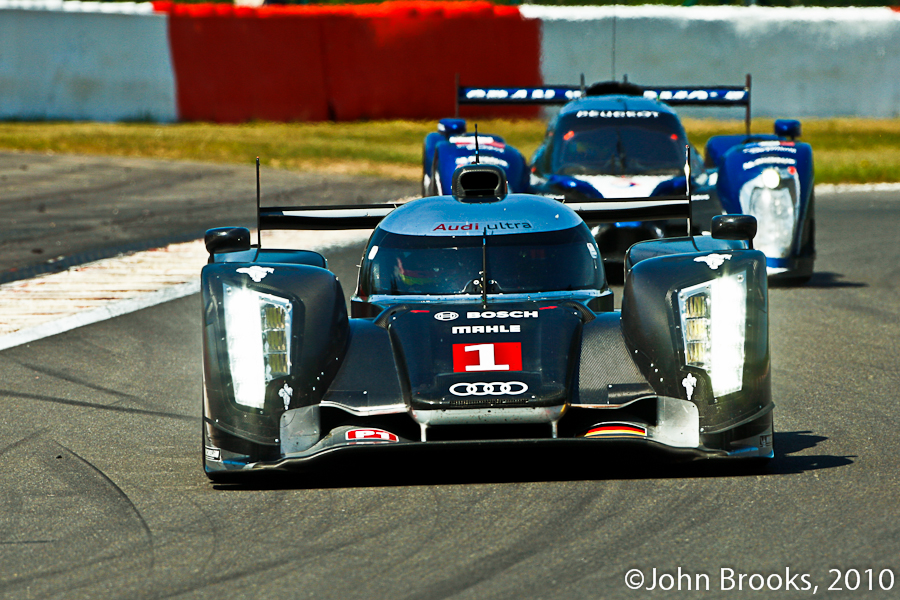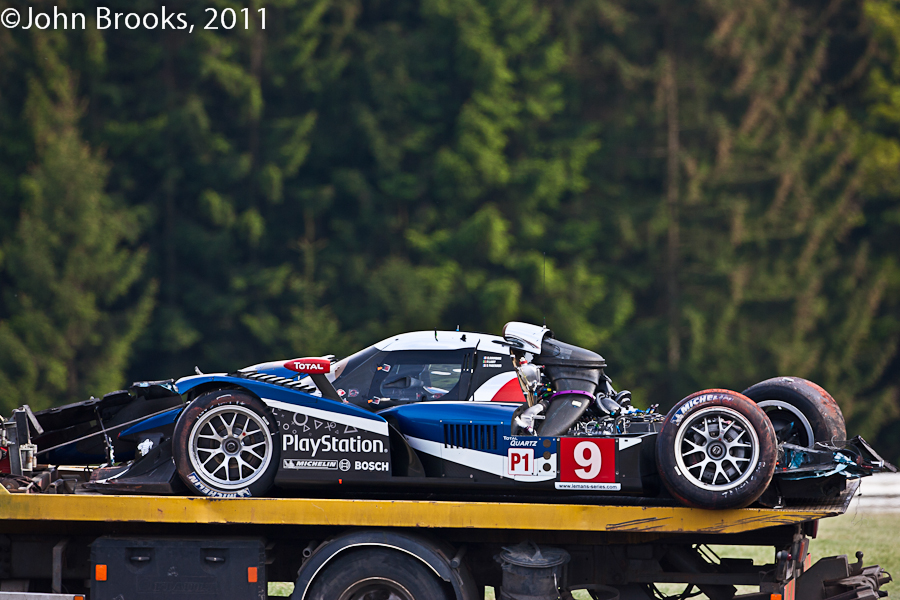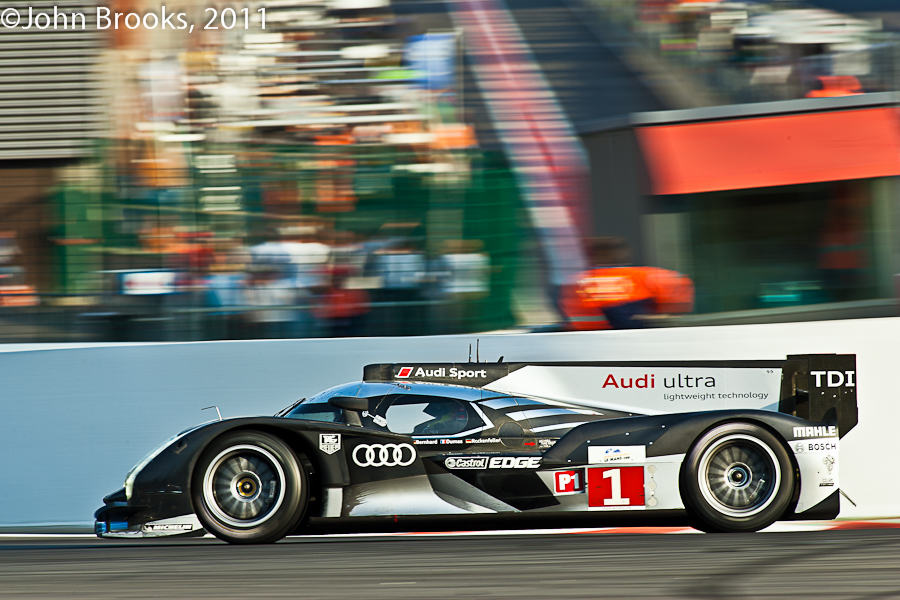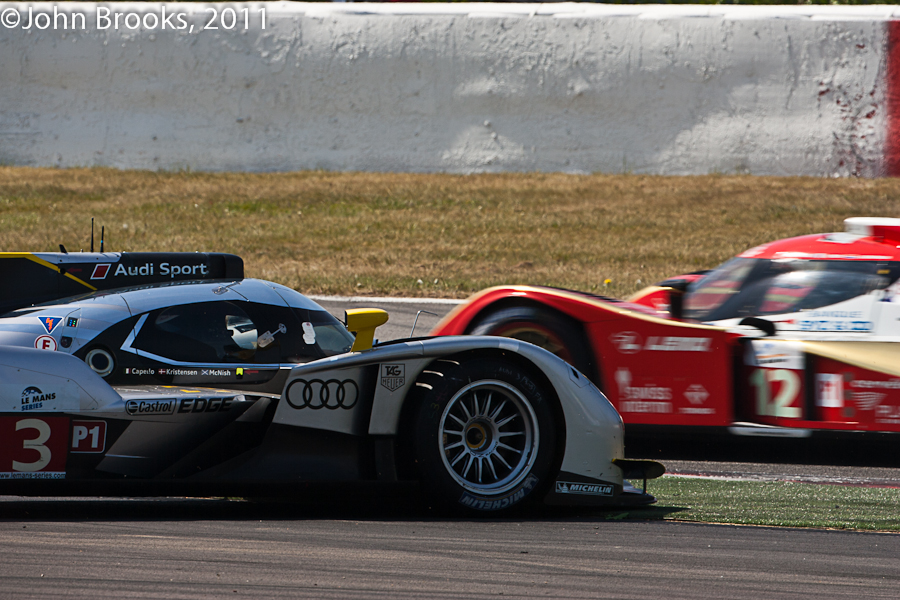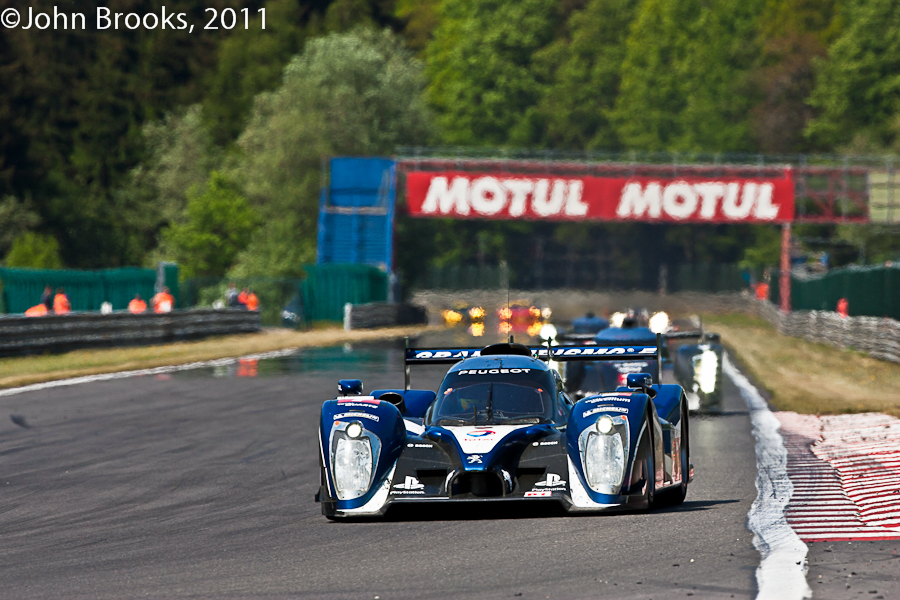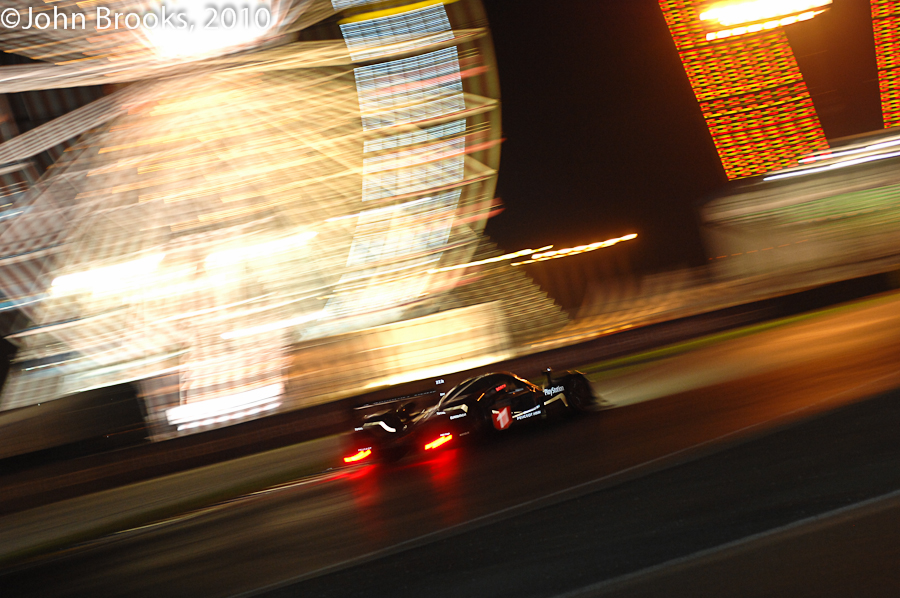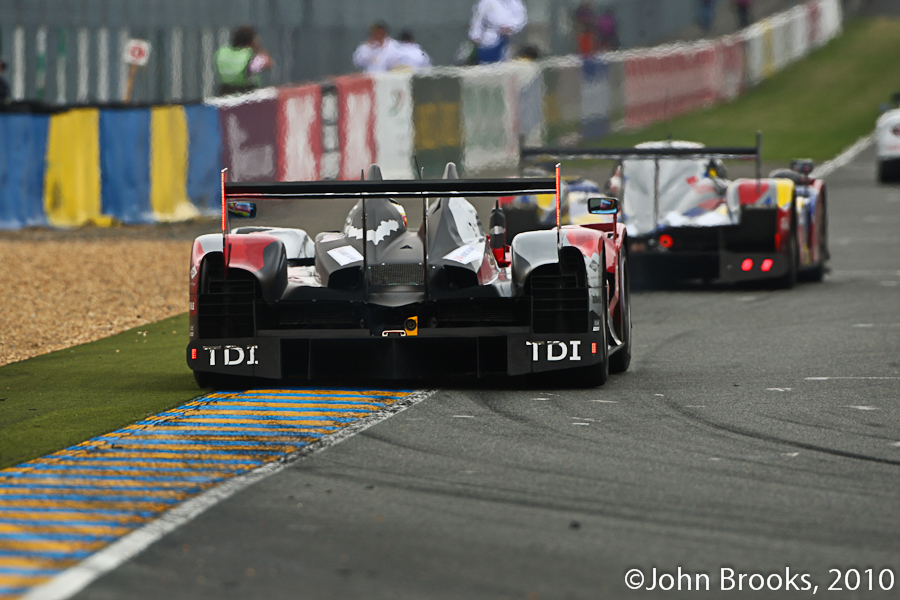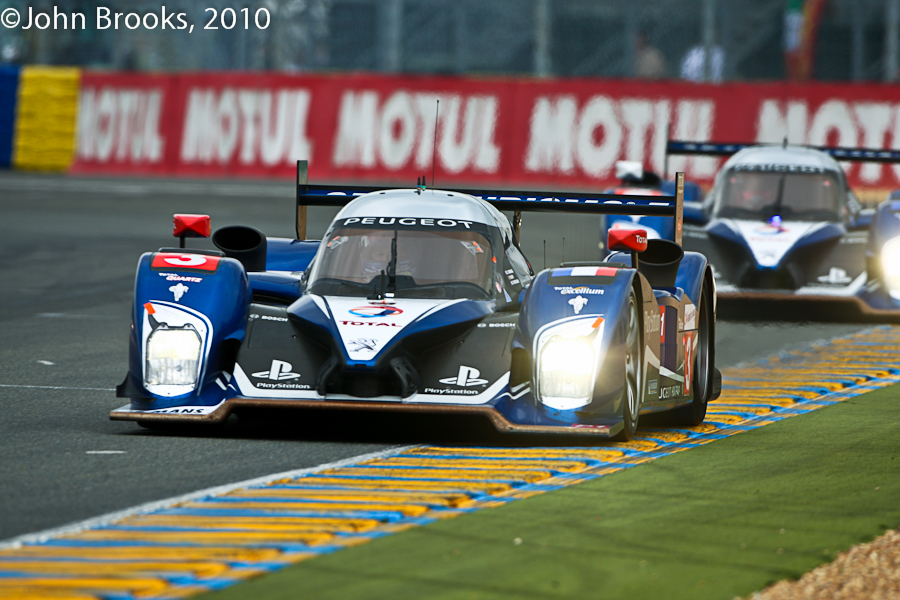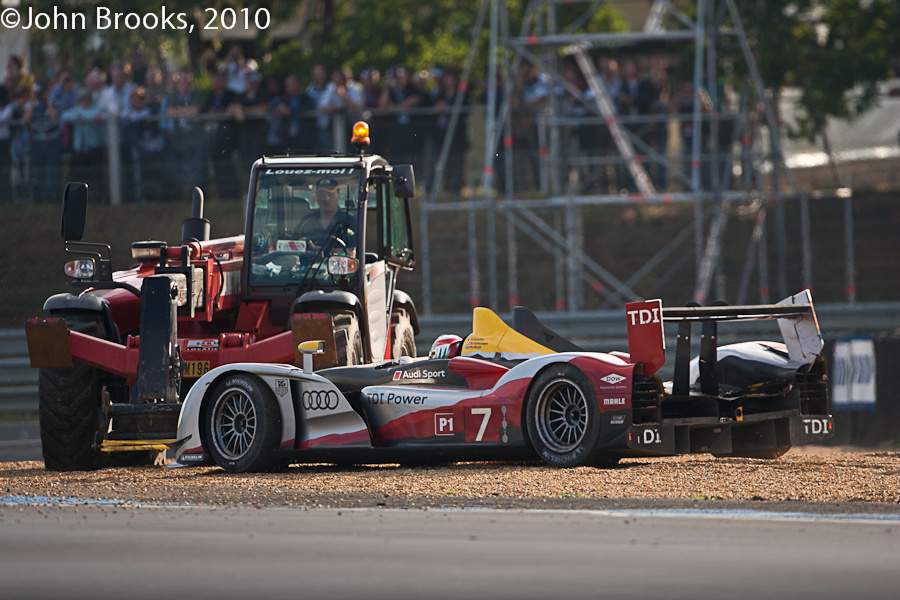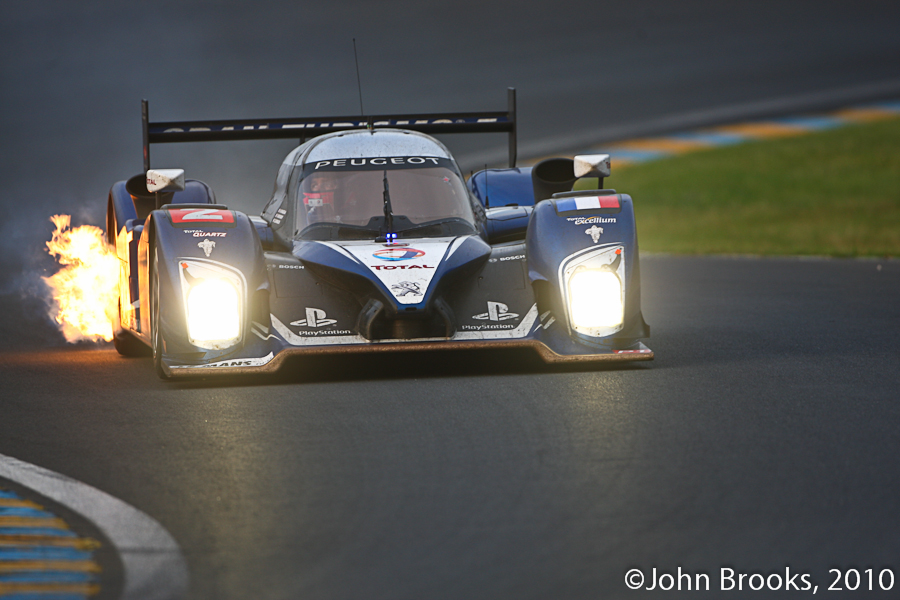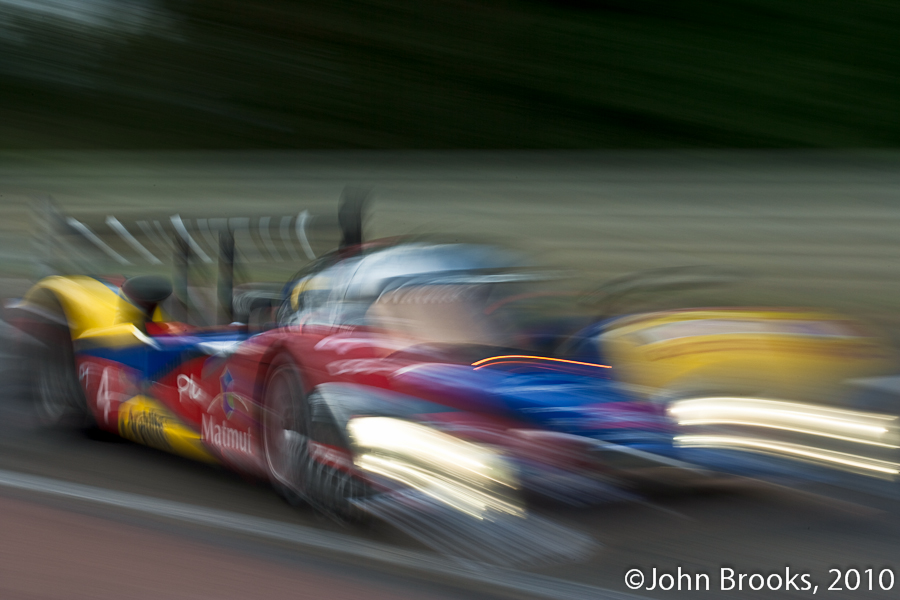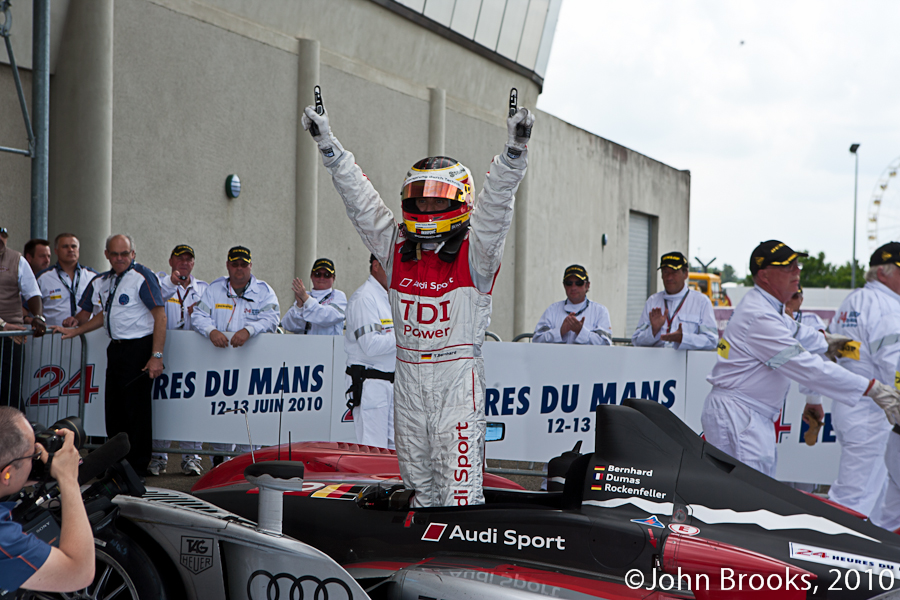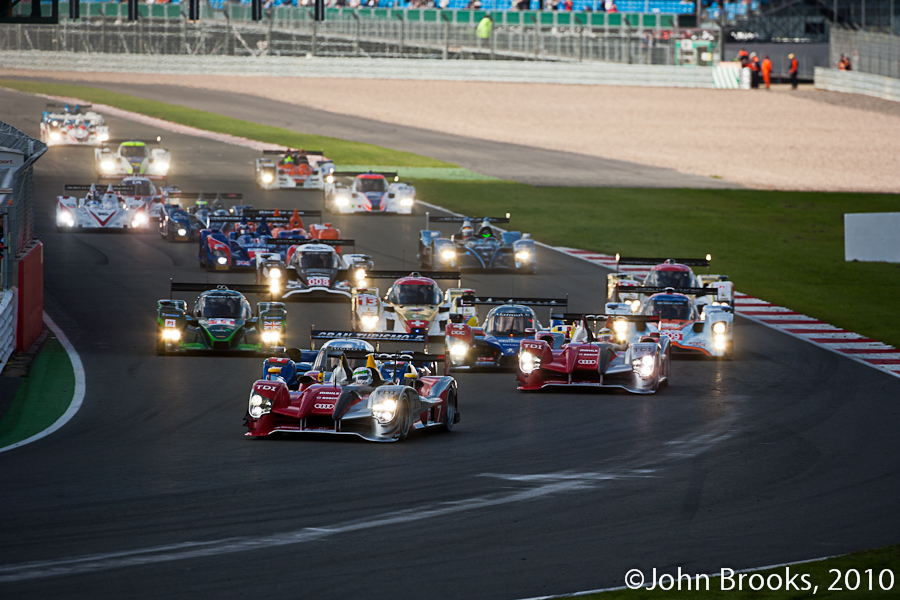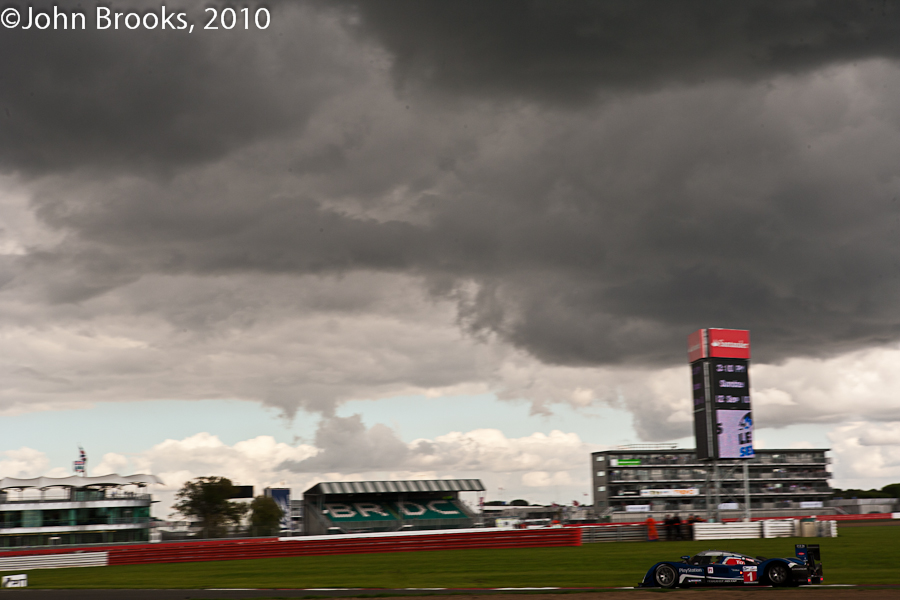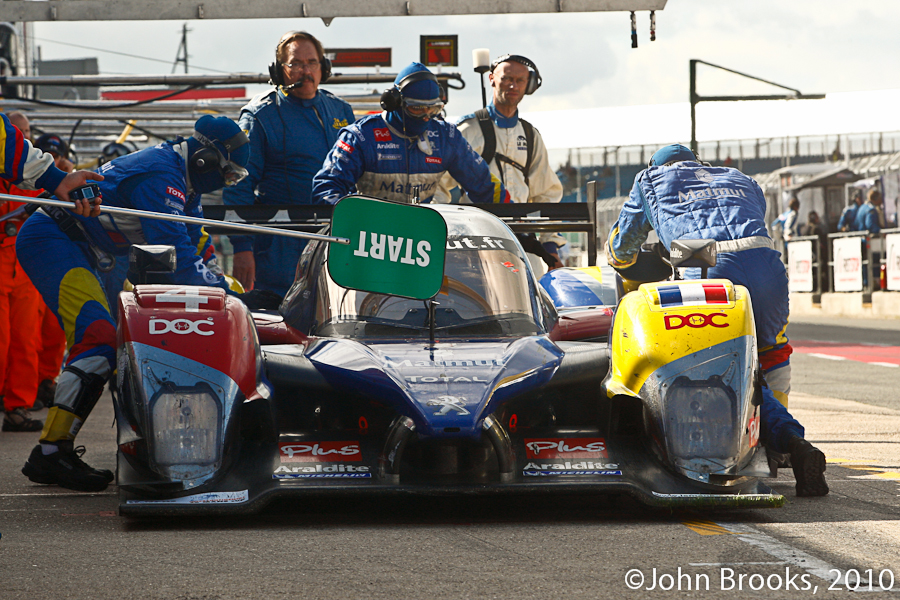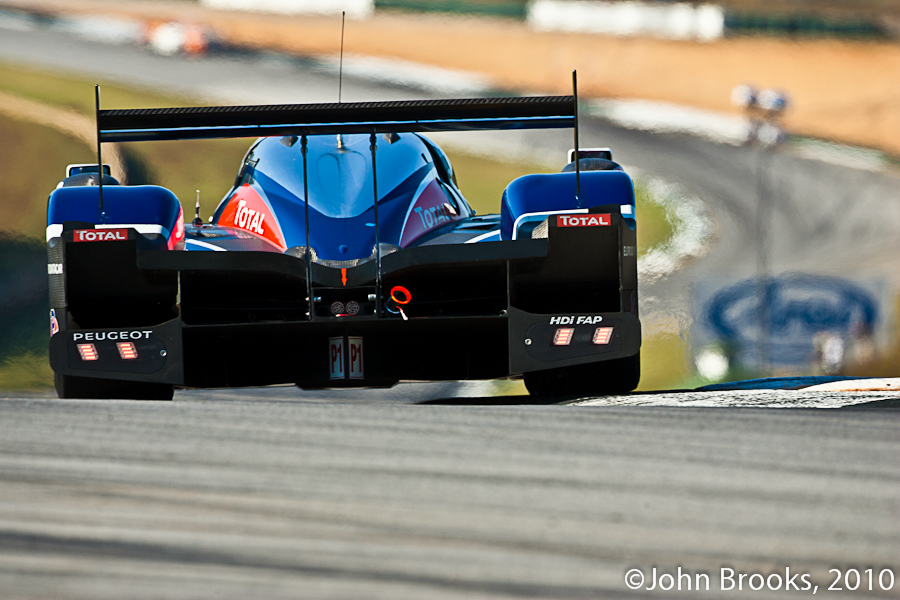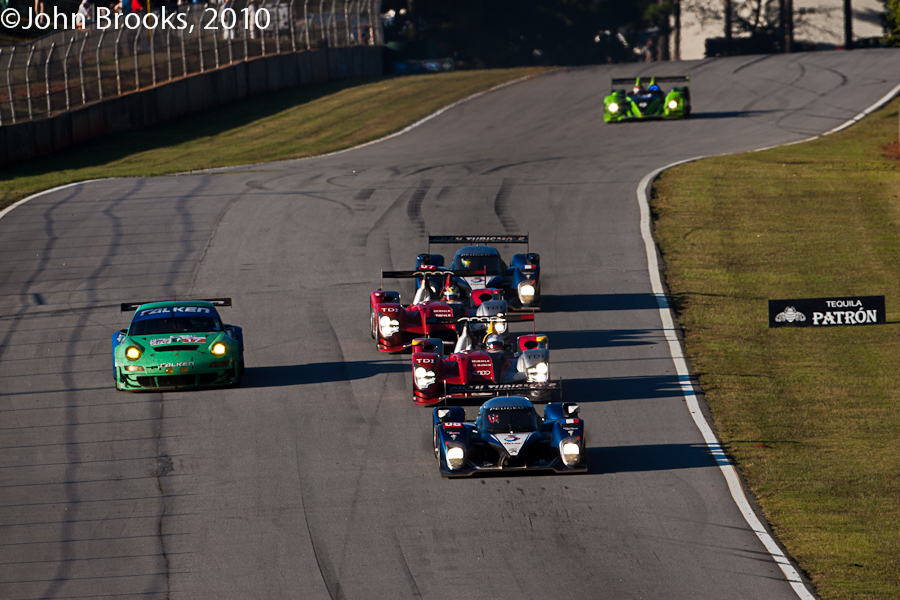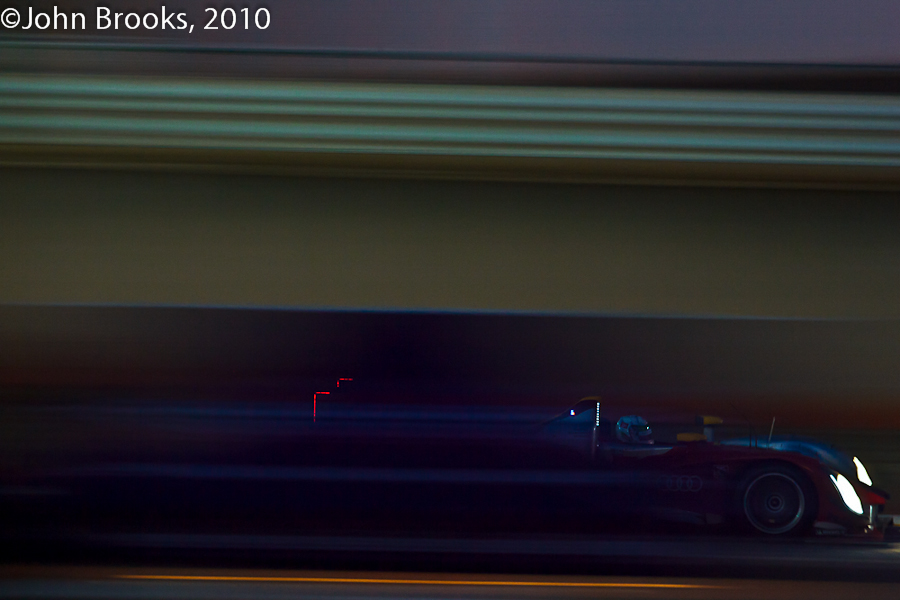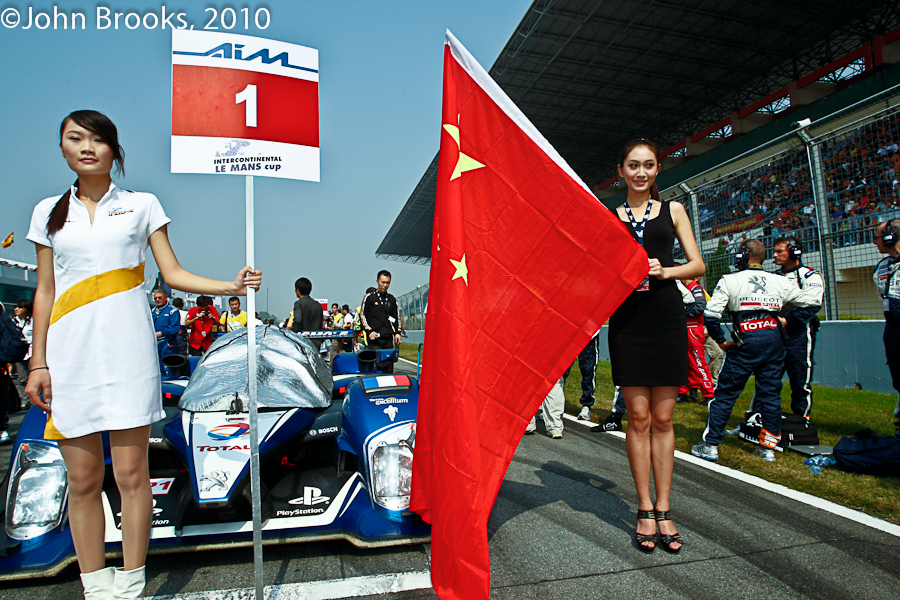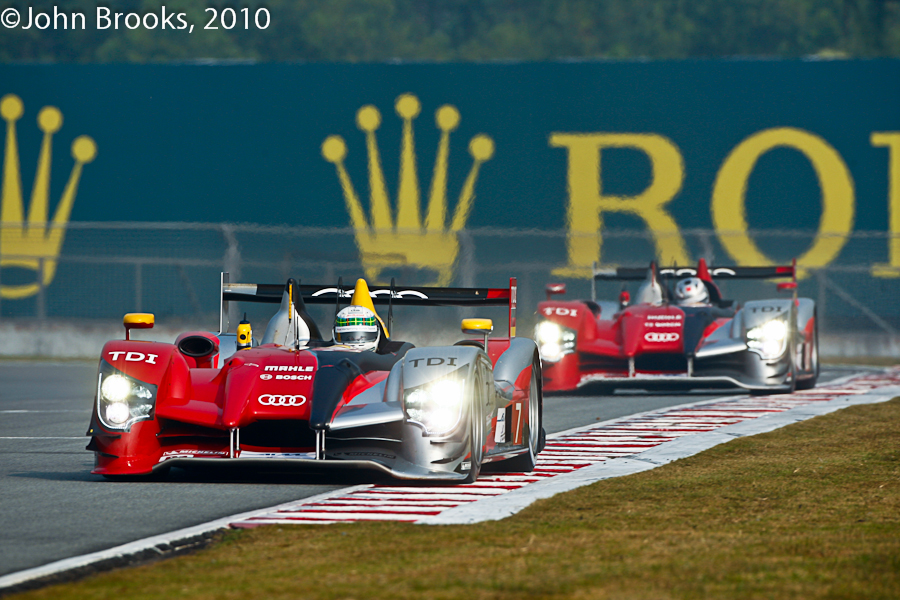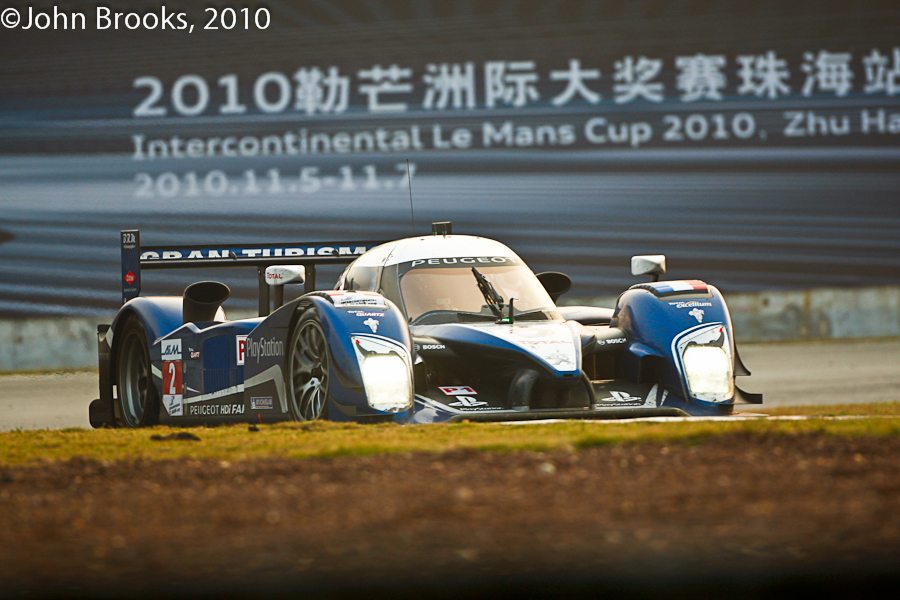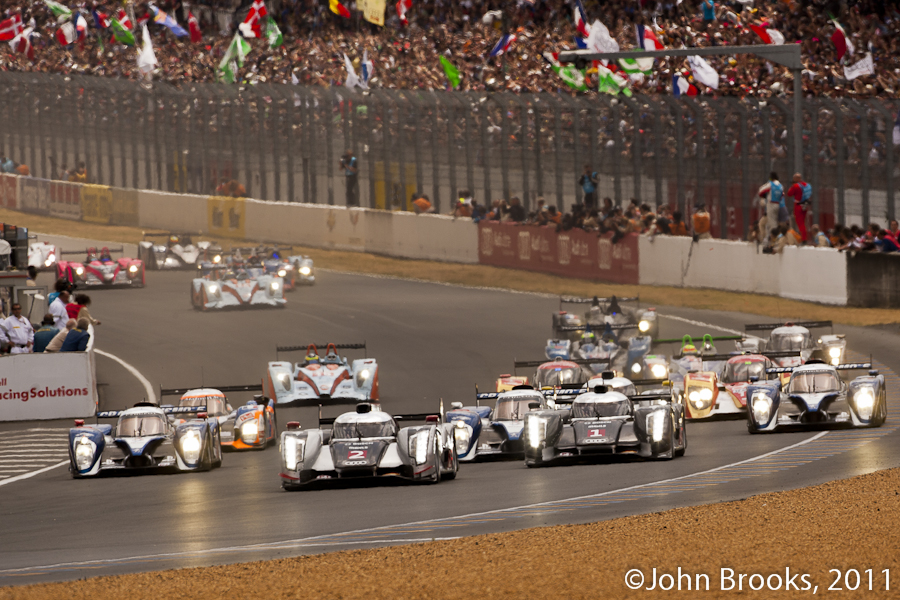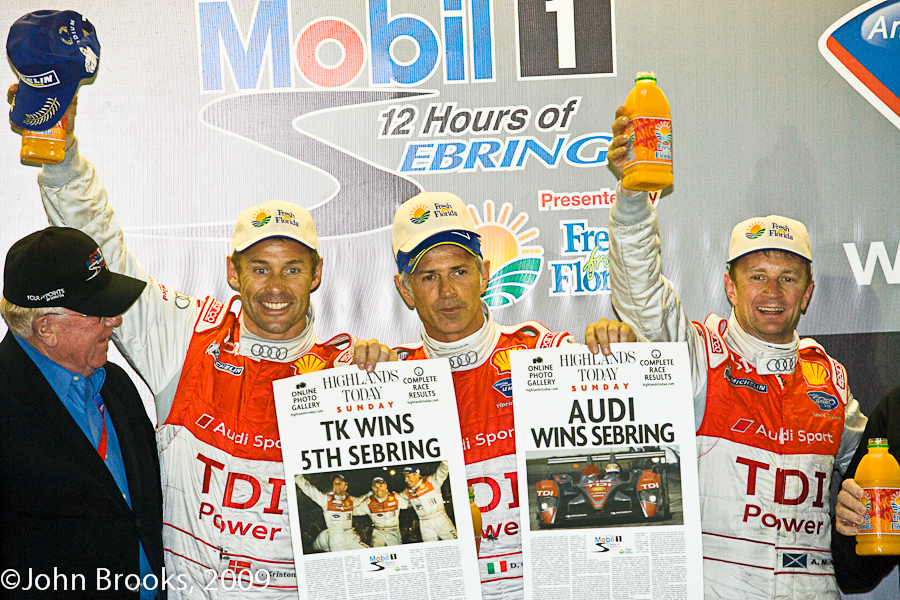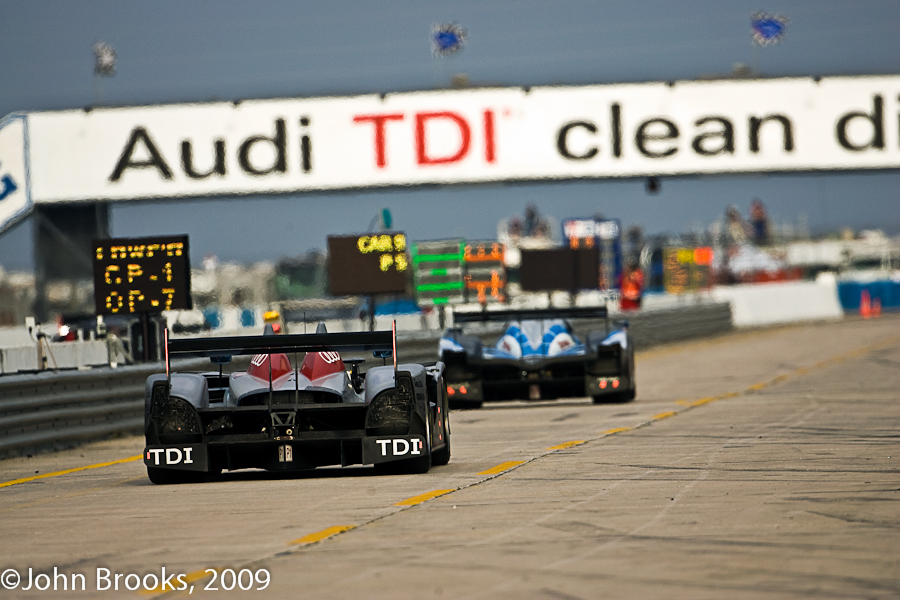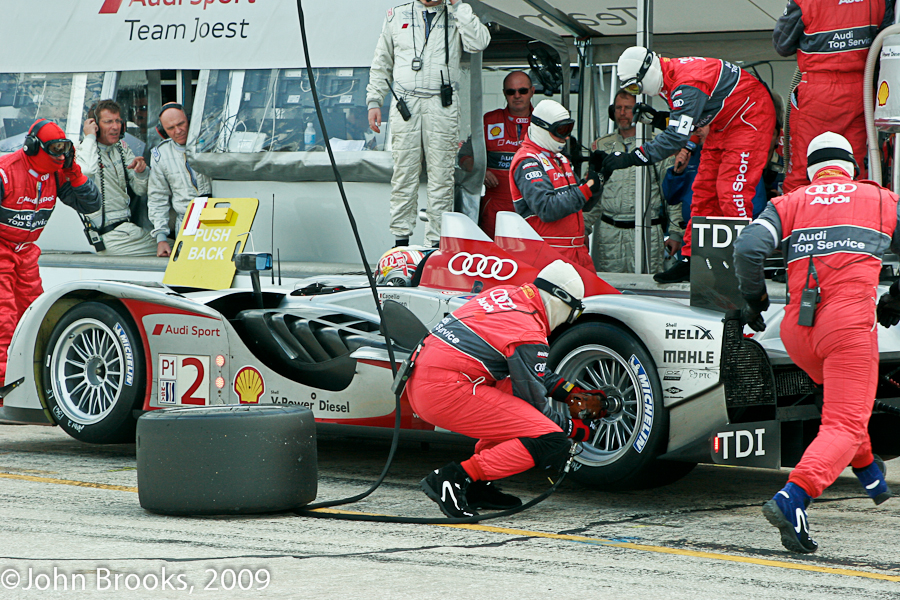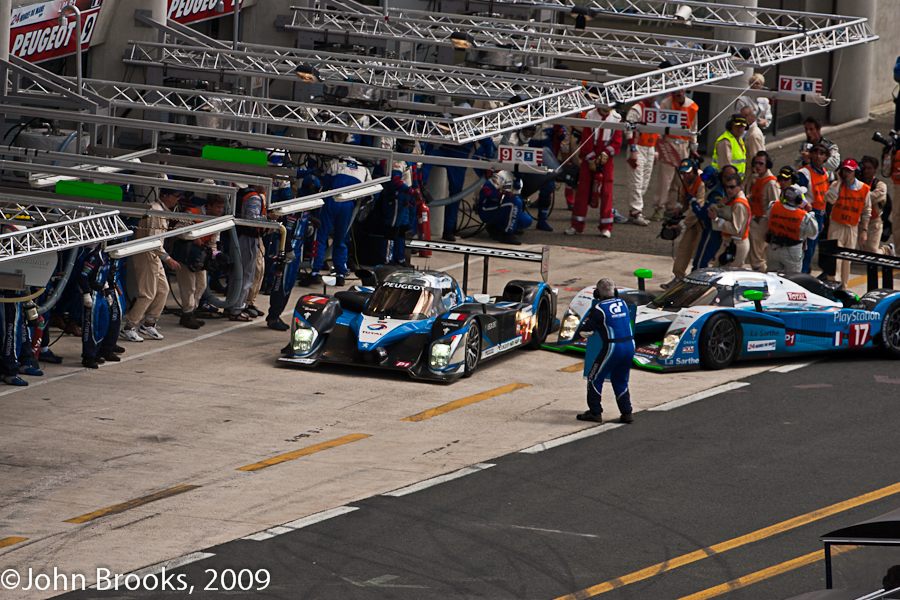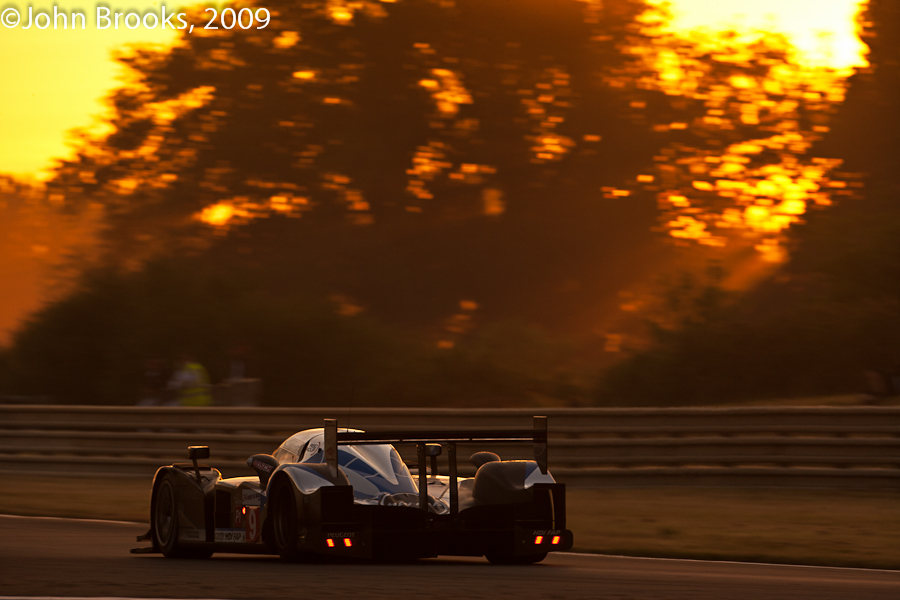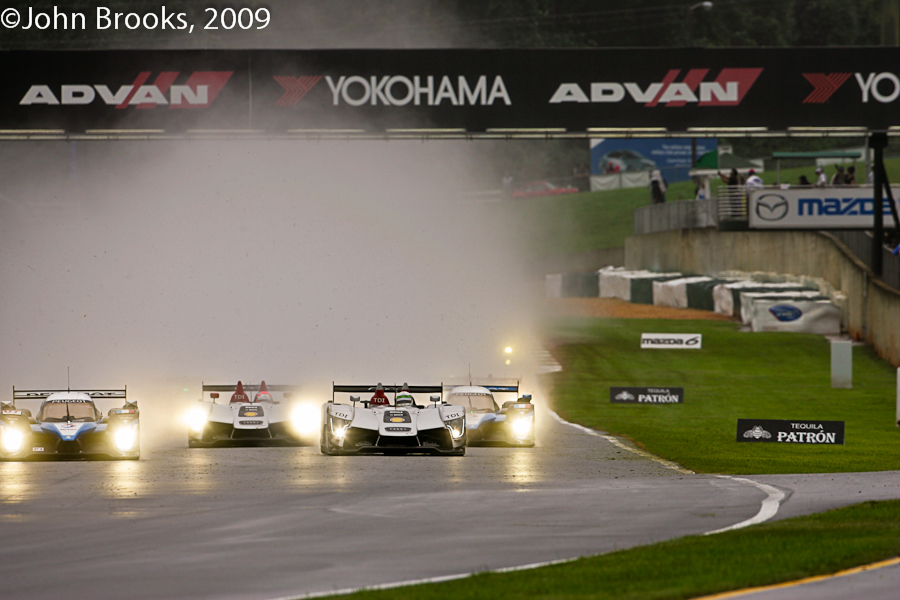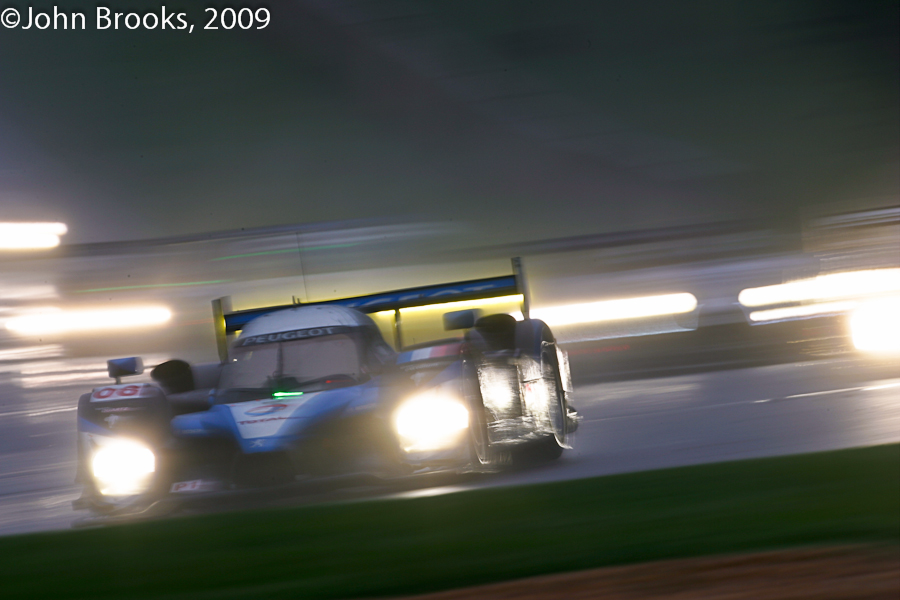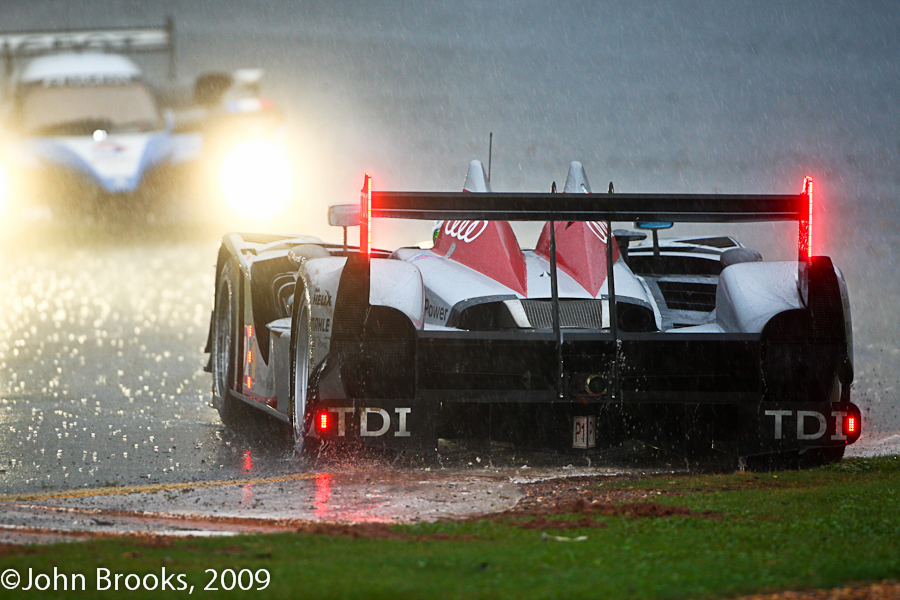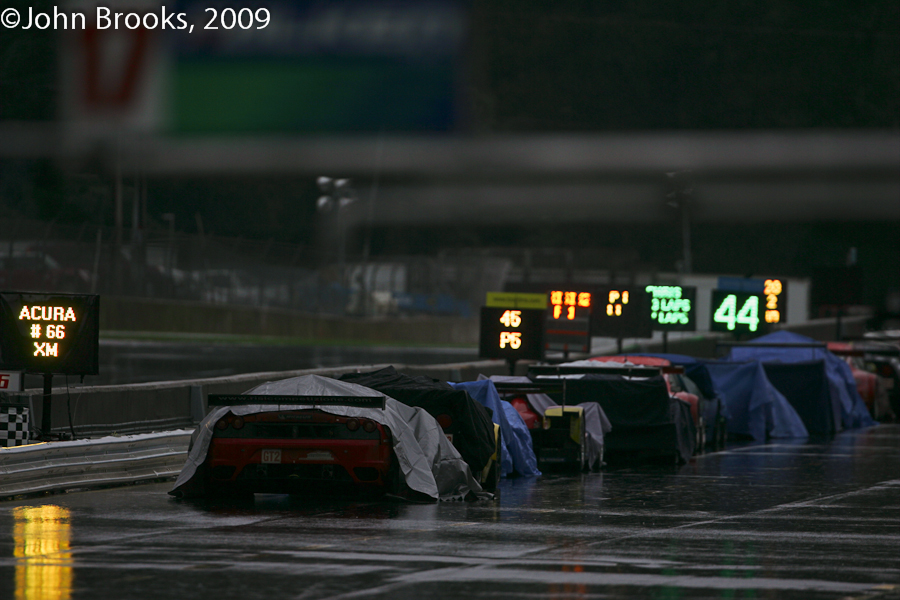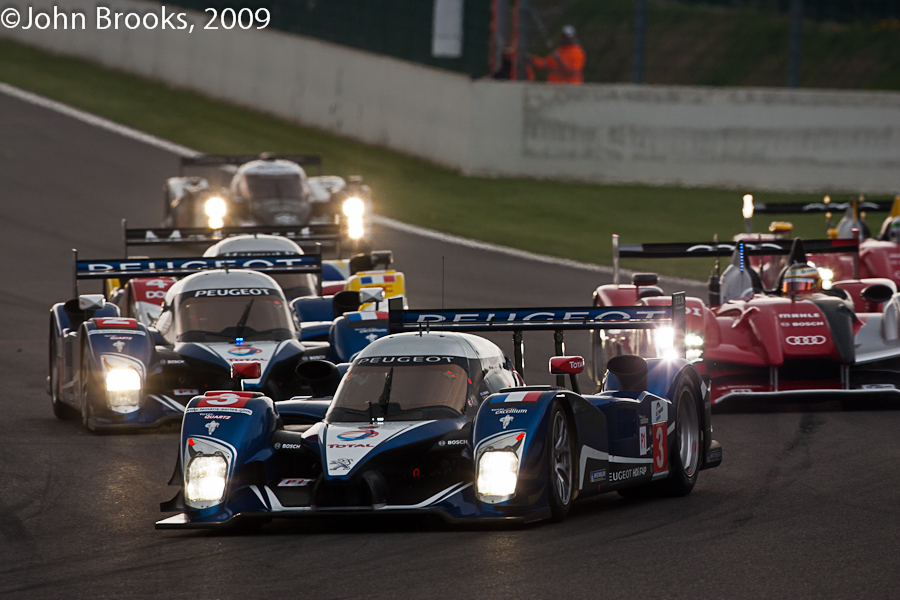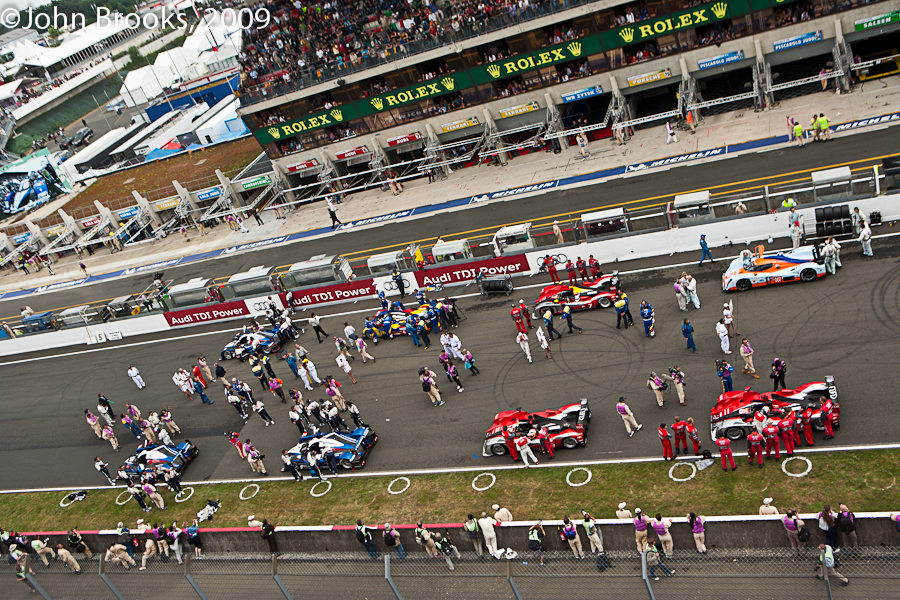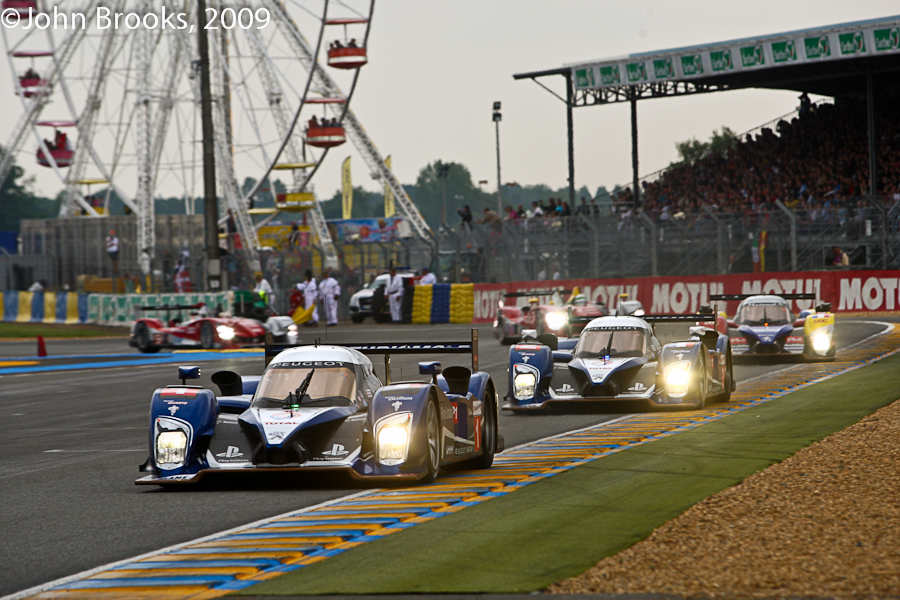It has been a generally held assumption in our business that the pinnacle of international motorsport is Formula One. Messrs Ecclestone, Mosley and the FIA have managed to convince most of the major motor manufacturers in the past twenty years that Grand Prix racing is the only game in town worth playing. This fable was held on to tightly by those who were not really seeing any success on the track despite the mountains of cash that they burned in pursuit of victory. The financial crisis of recent past changed the rules, even the largest organisations were forced to examine and genuinely evaluate all of their expenditures. Honda, Toyota, and eventually BMW, all looked at the return that they were getting from their F1 programmes and all reached the same conclusion, quit.
Whatever questionable benefits these brands were getting from the halo effect of being part of the culture of prestige, glamour and excitement that is 21st Century F1, was eradicated by the consistently poor performance of the teams that represented them, anyone could see that the cars were dogs.
Entering into the second decade of this century the priorities of motor manufacturers engaged in competition are changing fast. Power, performance and victory will always be a part of the motorsport mix but now other factors are in play. Sustainability, efficiency and economy are increasingly the primary motivators beyond that basic need for success in the sport. Even in defeat the brands are looking for a return on their investment, the simple formula of Win on Sunday, Sell on Monday does not hack it anymore.
These underlying trends go some way to explaining why Endurance and Sportscar racing should be heading for another golden age. As ever the principle “follow the money” will give a reliable compass point to the direction that we headed.
Modern day Grand Prix racing, with its proposed V6 turbo petrol technology and tightly specified rulebook, cannot provide the platform for manufacturers to achieve their extended objectives. In addition the old arguments of brand values being enhanced by proximity to F1’s prestige, glamour and excitement have been discredited, so where to go?
Perhaps the first question is why competition, why not just pure research? Major players like Volkswagen and Toyota have annual road car development budgets that are measured in the billions, Dollars, Euros, Yen, it matters not. There is enormous global pressure to introduce new technologies to answer the issues of reducing the dependence on fossil fuels and to cut emissions significantly.
At the end of July US President Obama announced an agreement with a broad coalition of motor manufacturers and other interested parties to dramatically increase fuel economy and reduce pollution for all new cars and trucks sold in the United States in the period from 2017 to 2025. The new standards call for incremental improvements each year in fuel efficiency to achieve a 2025 target of 54.5 mpg – almost a 100% increase on the 2011 requirements. Greenhouse gas emissions would be reduced to 163 grams per mile, approximately 50% of the current position. These are major changes and provide a huge challenge to the car industry. Where America goes, the European Union and the rest of the world will surely follow. It is held that competition is a sure fire way of fast tracking that process, diverting a small proportion of the road car budgets into the competitive arena will bring disproportionate benefits, well that’s the theory.
How all of these strands link into the direction that endurance racing is headed is now beginning to become clear. From 1950 to 1992 there was a FIA sanctioned World Championship for sportscars and long distance racing. Why that stopped is a topic for another day, but since that time the Automobile Club de l’Ouest (ACO), custodians of Les Vingt-Quatre Heures du Mans, have steered their own course, largely pulling the rest of sportscar racing in their wake. Relations between the FIA and the ACO improved after the departure of the choleric FIA President Jean Marie Balestre, who engaged in outright warfare with the ACO during the final years of the World Championship. Max Mosley, who succeeded the Frenchman as head of the FIA was much more concerned with Formula One battles and largely left the ACO to get on with re-building endurance racing. This restoration was essential as the great race was nearly bankrupt, a direct consequence of the rules introduced by the FIA in the final years of the World Championship. This created the perfect storm of a vastly reduced number of entries together with the substantial costs of building a new pit and paddock complex and making changes to the Mulsanne Straight in the form of chicanes.
Last year a new FIA President, Jean Todt, was elected. Best known for managing multiple F1 Championships at Ferrari, Todt was, before that, head of Peugeot Sport during their years of triumph in the World Rally Championship and also during their two victories at Le Mans. Todt’s style since his elevation has been to eschew the confrontational approach favoured by his predecessors; he has kept a much lower profile too. He has tried to unify the FIA and the sport in the face of the growing threats to the very existence of such activities. Todt has also built on the worthy initiatives of Max Mosley to expand the remit of the FIA to promote road safety worldwide and to engage with the various government bodies on green issues and sustainability.
Under encouragement from Audi and Peugeot, the ACO created a new competition for 2011, the Intercontinental Le Mans Cup, which was in reality a new world championship. Of course that designation cannot be used without sanction from the FIA, so it was not hugely surprising to see the presence of Jean Todt at this year’s Le Mans pre-race press conference. Nor was the announcement of the FIA World Endurance Championship for 2012, which will be run by the ACO in a partnership with the FIA. Peace in our time then, let bygones be bygones, honeyed words between the principals with Todt leading the chorus.
“For several years there has been collaboration between the ACO and the FIA, but this needs to be closer. An Endurance Commission will be set up at the FIA, involving manufacturers, privateers and the ACO. A working group will be put in place, their proposals to be approved by the FIA.”
So we have a World Championship for Endurance racing once more, but why now? What has prompted this sudden betrothal? The answer lies somewhere near the Corleone family strategy, “Keep your friends close but your enemies closer.” This is a marriage of convenience; The ACO needs World Championship status to attract manufacturers and it also needs the political influence of the FIA with those making the regulations that the manufacturers will have to comply with in the coming decades. The manufacturers want a platform that offers both technological and marketing benefits. The FIA wants to follow the money and keep some nominal control over what promises to be a very significant part of the motorsport world.
2012 will see the new Championship emerge with races in Europe (Le Mans 24, Spa and Silverstone?), America (Sebring and Brazil? Petit Le Mans?) and Asia (Zhuhai and Japan?). These races will all be of six hours duration (except Le Mans and Sebring) and will feature the usual multiple classes with trophies being awarded for Manufacturers’ Endurance World Champion, Drivers’ Endurance World Champion (both for LM P1) GTE World Cup Pro, FIA GTE AM (both for LM GTE but no drivers’ category), FIA LMP2 and the FIA Trophy for the best private team – open to all categories. So a contest aimed squarely at manufacturer participation but run broadly along the lines of the status quo. To figure out why this should be attractive to other parties not presently involved, the future has to be the answer.
There are a new set of regulations being drawn up at present, scheduled to be introduced for the 2014 that will provide the framework to transform endurance racing into the platform that will encourage technological development. The aim will be to limit the amount of energy available for each car with all starting from an equal point. There will be no restriction on hybrid technology systems that will recycle the energy produced and not utilised by the engine. If one considers that even the most efficient petrol engine used in current road cars is only utilises 20-30% of the petrol’s energy in driving the rear wheels. The rest of the energy is consumed in thermal or frictional losses or when the vehicle is ticking over at rest. Clearly there are big gains to be made if the right technologies can be employed. That is the Holy Grail that the new World Endurance Championship offers.
There are three manufacturers competing in the LMP1 class at present, in reality only Audi and Peugeot are likely to have the resources and financial firepower to go to the brave new world, Aston Martin are not. It has been officially announced that Porsche will return to the top class with a form of petrol hybrid. This has led commentators to assume that Audi will leave the endurance arena, the logic runs that the bean counters will not allow such duplication of effort, and more importantly budget. My sources from Germany disagree with this obvious conclusion, saying that after the victory at Le Mans this year, Audi have been given the green light to compete in the Great Race for the foreseeable future.
Why these conflicting messages? The answer lies in the determination of the Chairman of the VW Board, Ferdinand Piech, to accelerate the pace of development of alternative power technology and other fuel efficiency measures. Ruthless by reputation, this highly talented engineer is arguably the Ultimate Car Guy and sees that for Volkswagen to meet its primary objective of being the world’s leading motor manufacturing group, in the face of the proposed changes to fuel consumption and emissions, radical measures are necessary. The logic runs that two approaches along different lines will fast track the optimal solutions. Few would bet against the mercurial Piech getting his way, as those who have opposed him in the past have found to their cost. As if to support this pan-VW assault on the WEC, comes the news that the new Chairman of Bentley, Wolfgang Dürheimer, wants to take the brand back to the tracks, Bentley Boys anyone?
Which other manufacturers are looking to join this trio of heavyweights? The answer would appear to lie in the East. Toyota have announced a programme for 2012 incorporating hybrid technologies. Certainly there is a sense of unfinished business in respect of the Japanese company and the Le Mans 24 Hours. They could also do with a rebuilding of their reputation, publically battered in the blizzard of US Congressional Hearings in 2010, as a result of road safety issues.
Nissan are also looking seriously at a full blown attempt on the FIA WEC. However the tsunami back in March has derailed these intentions and may end up leading to a delay or postponement of the plans, time will tell. Persistent stories are found in the media of Jaguar, now owned by Indian conglomerate, Tata, commissioning a Le Mans project. Some say with Williams Grand Prix, who took BMW to victory in 1999.
All of which ties explains the unlikely union of the FIA and the ACO at this point in time. Big budget projects with a complicated technological package will result from this initiative and both parties feel the need to involve the other. The face of Endurance racing will be fundamentally changed and hopefully so will the world of road cars and personal transport.
John Brooks, October 2011

